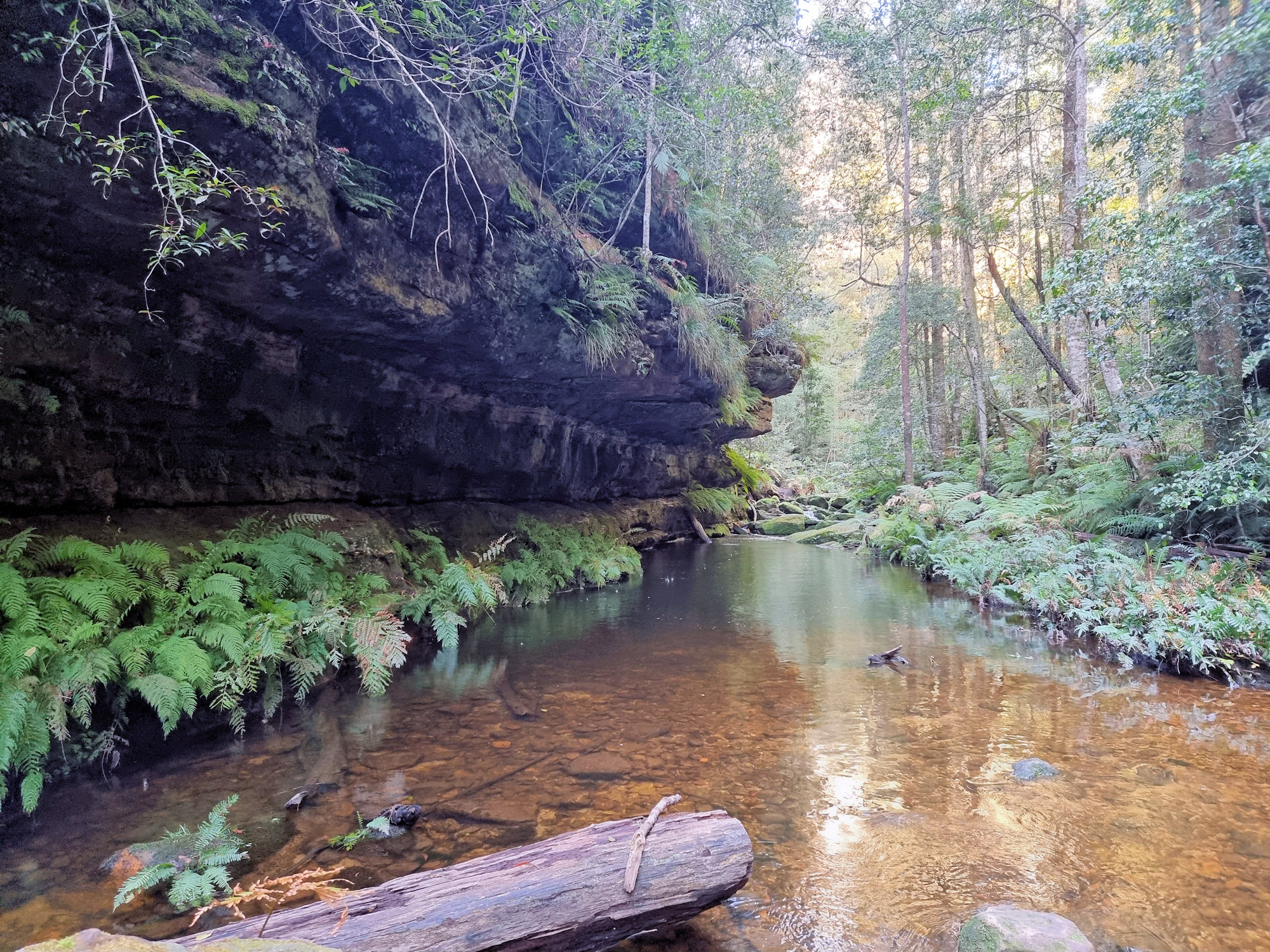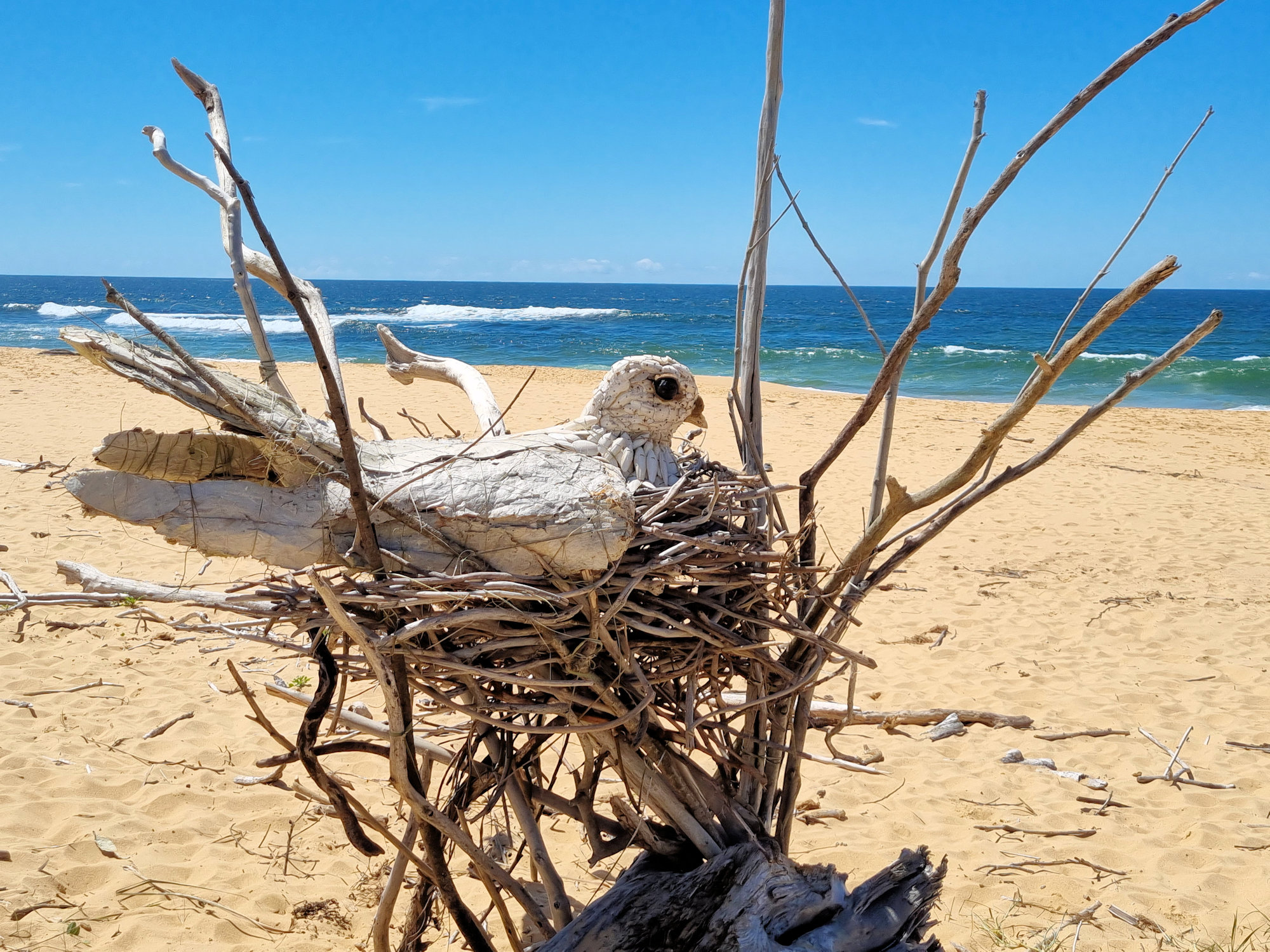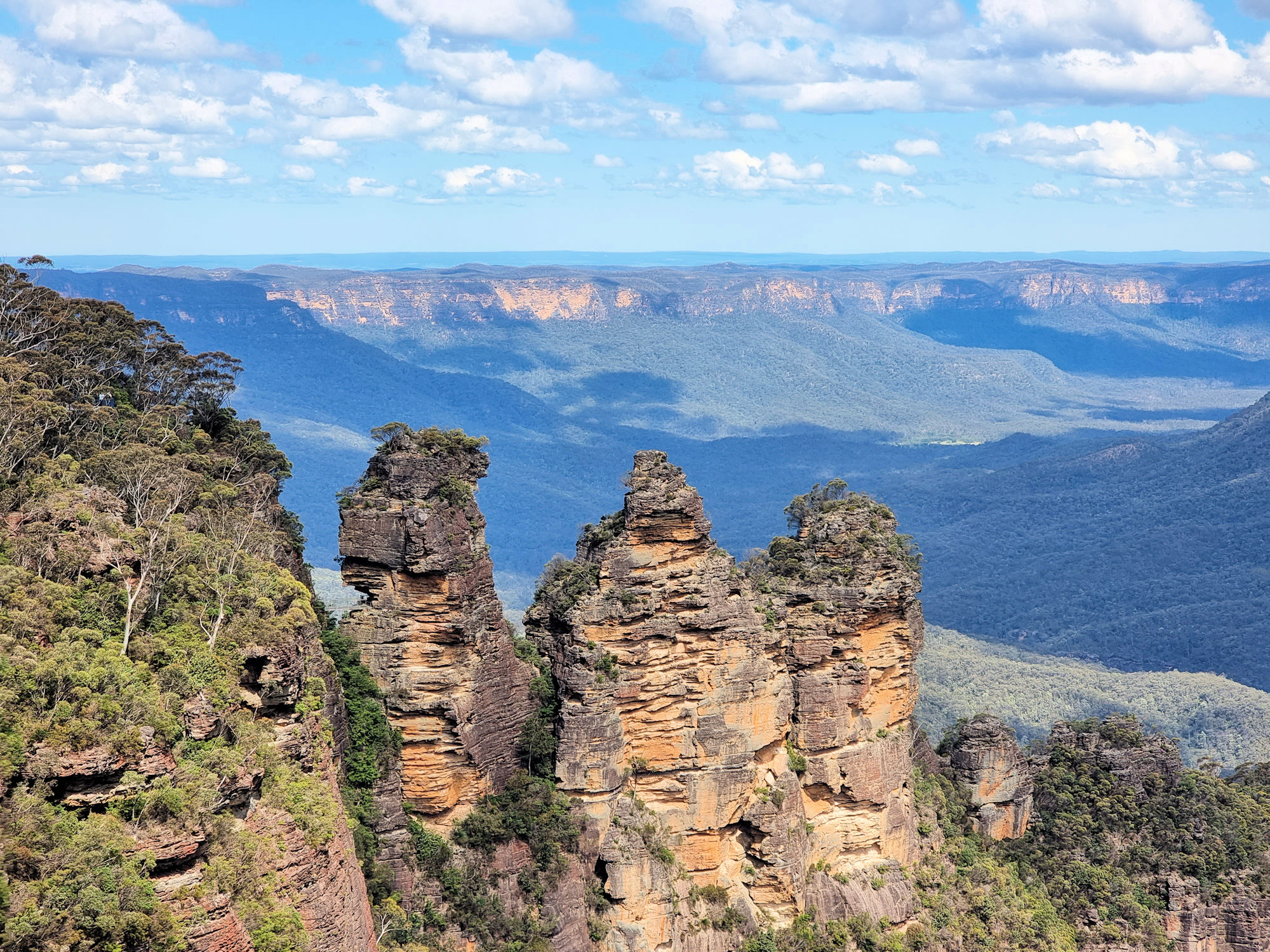Tag: travel
-
Grand Canyon Walking Track Blue Mountains

Grand Canyon Walking Track Blue Mountains One of the great walking tracks in the Blue Mountains of New South Wales, the Grand Canyon Track is a 6.3km loop that descends 1,000 steps to Greaves Creek before climbing out again to the top. During the hike, you pass through rain forest, past waterfalls and get some… Read more
-
Peace Dove Peter Ush

Peace Dove by Peter Ush Located above the high tide mark on Wamberal Beach is a driftwood sculpture Peace Dove by Peter Ush. Built from local driftwood and cuttlefish, it will not last long, so see it soon before nature reclaims it. Wamberal is located on the New South Wales Central Coast around a 90… Read more
-
Echo Point Blue Mountains

Echo Point Blue Mountains Probably the best place to start your trip to the Blue Mountains, Echo Point in Katoomba has amazing views, access to several walks and an information centre. Parking is available in the surrounding streets, where parking meters ensure no-one visits for free. Our first stop was the Visitor Information Centre because… Read more